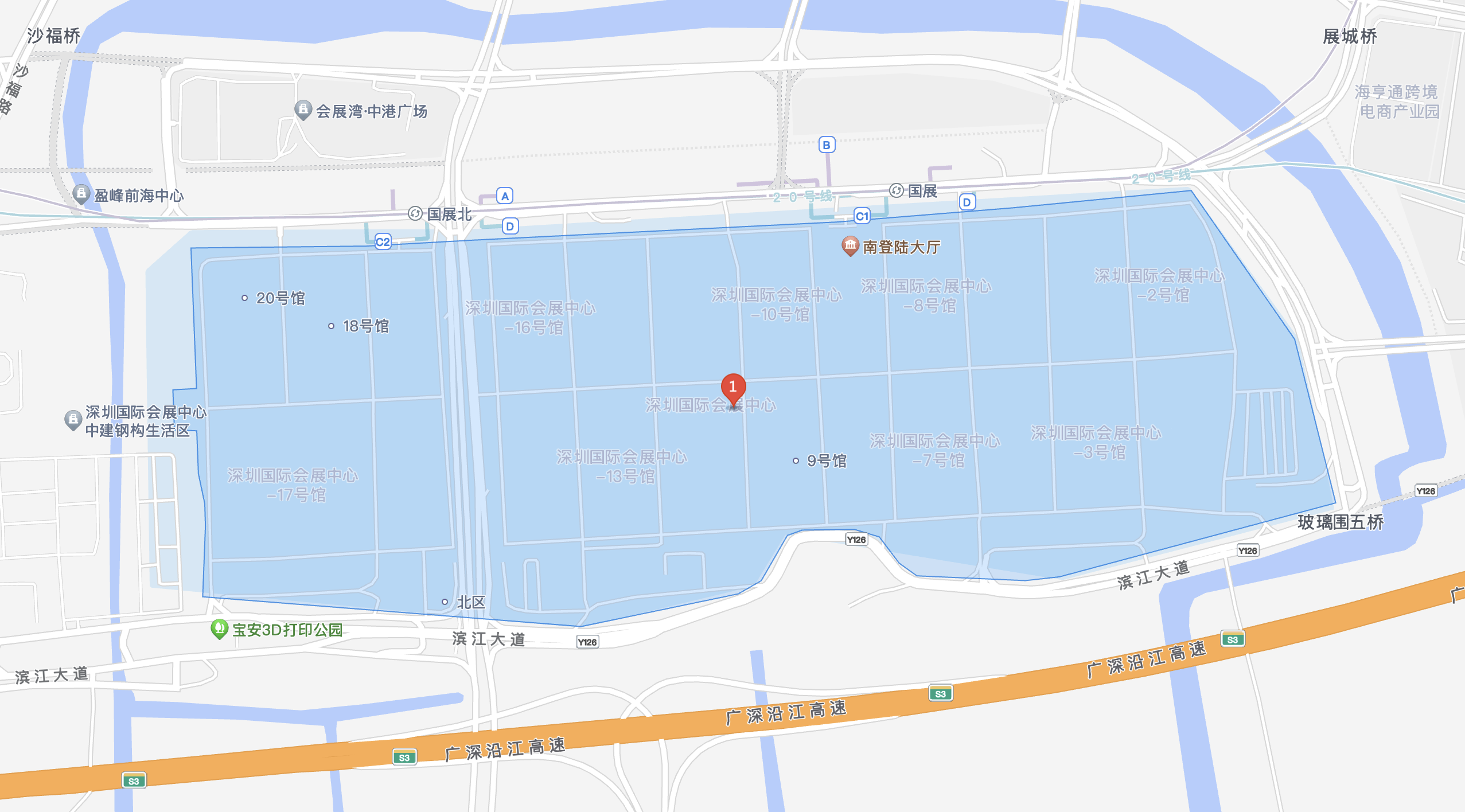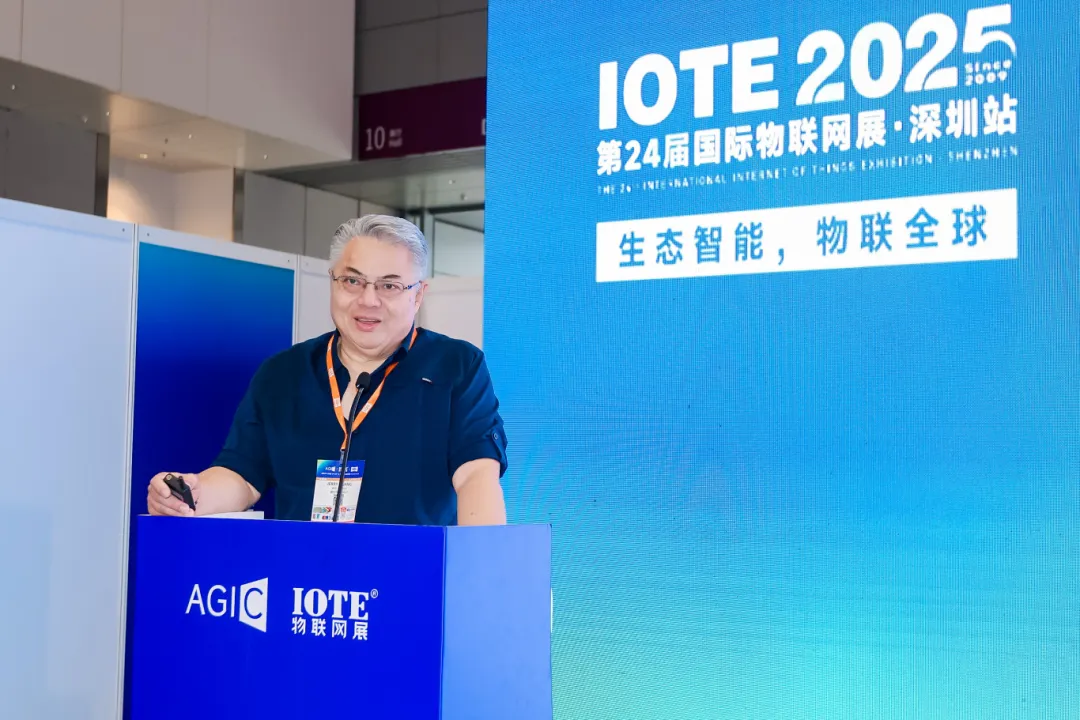
Huang Jiarui, General Manager of Business Affairs for the Wi-Fi Alliance in Asia Pacific, systematically explained the evolution of Wi-Fi technology and its ecosystem. He noted that Wi-Fi 7, with its 320MHz channels and Multi-Link Operation (MLO) technology, is rapidly gaining adoption. Global device shipments are expected to exceed 5.2 billion in 2025, 35% of which will support the Wi-Fi 7 standard. The fifth anniversary of the opening of the US 6GHz spectrum has been a key driver, with the addition of a new 1200MHz band doubling the available spectrum and expected to generate over $1.2 trillion in economic value by 2027.
Regarding technological integration, he also outlined three major future innovation directions: Wi-Fi Aware for precise positioning, AI-optimized network management, and environmental power generation to overcome energy constraints. The speech specifically highlighted that Wi-Fi HaLow, with its low power consumption and wide coverage, is rapidly replacing traditional solutions in scenarios such as smart agriculture and industrial monitoring. The Wi-Fi Alliance, through a certification system built by over 900 members, continues to promote cross-protocol interoperability and intelligent ecosystem upgrades.
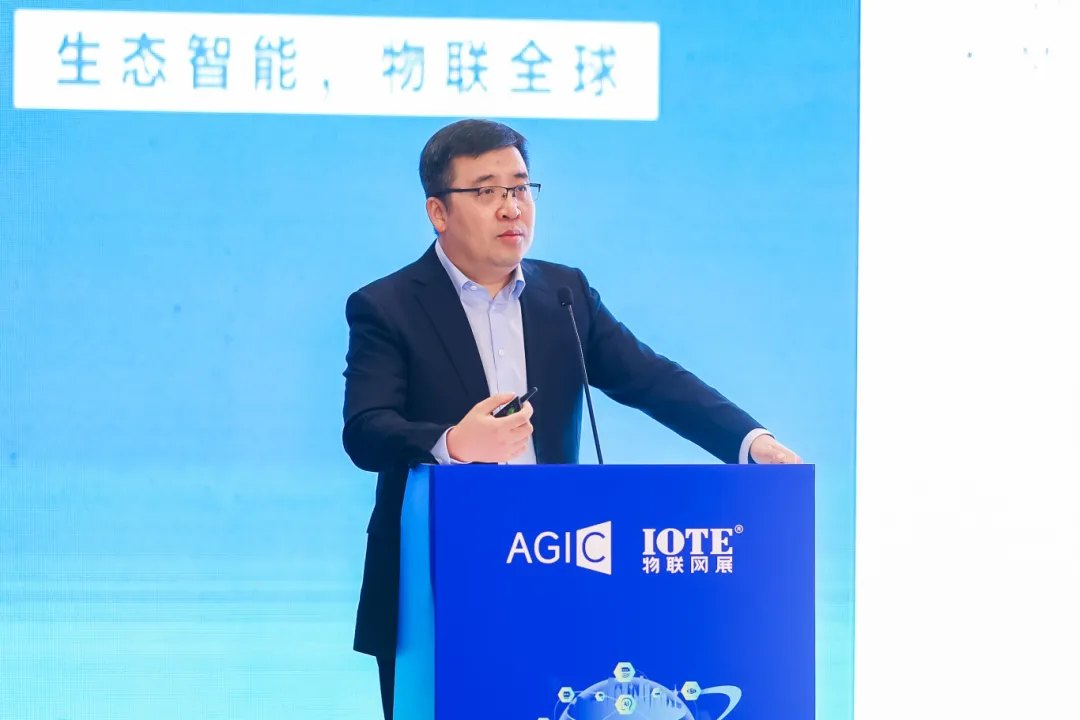
MediaTek Product Director Xingbo Zhao detailed the innovations and application prospects of MediaTek's Filogic series Wi-Fi 7 technology, achieving three core technological breakthroughs: a single-MAC multi-link architecture eliminates inter-chip latency, achieving a measured UDP rate of 14.5Gbps (20% ahead of competitors) and a 70% reduction in TCP latency; digital pre-distortion (DPD) technology overcomes 6GHz high-frequency distortion, increasing coverage radius by 2-3dB; and the 4T5R antenna enhances wall penetration by 20%, eliminating blind spots in smart homes.
In terms of ecosystem implementation, MediaTek has established a comprehensive timeline: smartphones and OTT devices will be commercially available first in 2023, followed by expansion to laptops, service provider gateways, and industrial scenarios in 2024. The tri-band 4x4 gateway solution will enable gigabit home hubs. Zhao Xingbo stated that the CES 2023 Innovation Award demonstrates the company's technological foresight. MediaTek will further expand its application in scenarios such as the Internet of Vehicles and the Industrial Internet, using an open ecosystem to drive the evolution of connectivity paradigms.
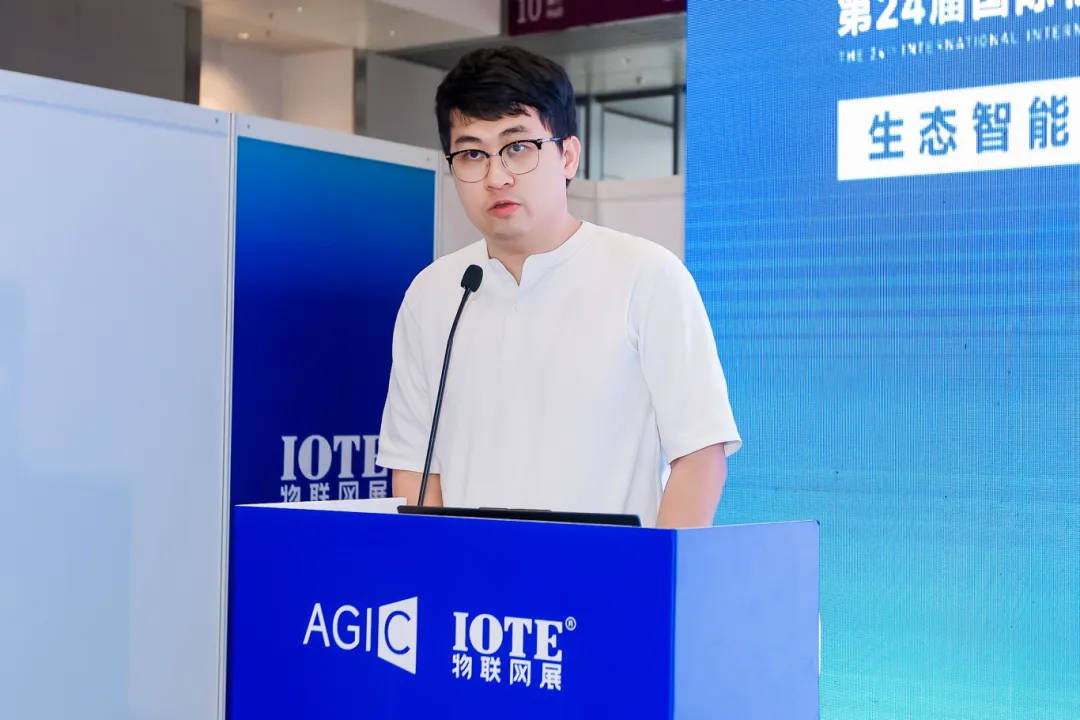
Tuya Smart TuyaOpen Developer Development Manager Lai Xuanhan shared the latest developments in AIoT technology. He pointed out that although the number of AIoT devices worldwide is expected to exceed 7.5 billion this year, connection stability and compatibility remain common challenges. To this end, Tuya Smart has launched a full-link solution covering open platforms, self-developed Wi-Fi chips and modules. Lai Xuanhan focused on the newly released T3 and T5 series modules. The T3 features ultra-low power consumption, significantly extending device battery life, while the T5 enhances audio and video processing capabilities and supports richer intelligent interactions.
Through the TuyaOpen platform, developers can quickly connect devices to the Internet and integrate multimodal AI functions such as voice and vision, seamlessly connecting to large models. Lai Xuanhan emphasized that Tuya has deployed 7 major data centers and 600+ CDN nodes around the world, providing global cloud services and security and compliance support to help products go global efficiently.
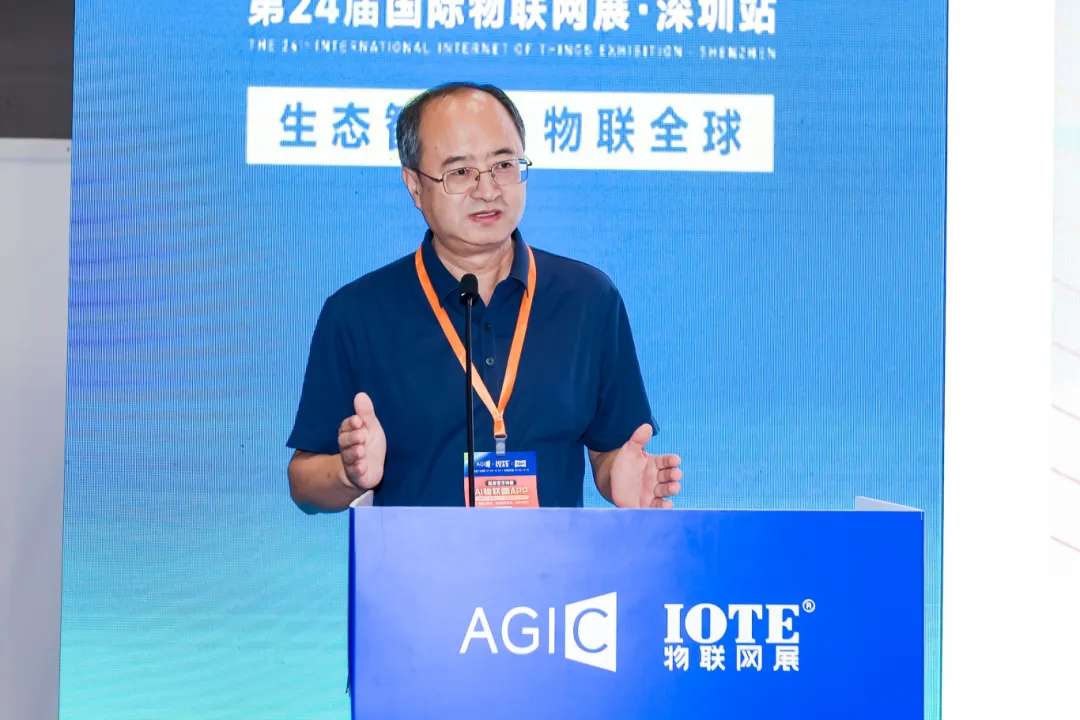
Huaxin Aotian Product and Solution Development Director Fan Xiaowei shared the company's innovative practices in Wi-Fi AP-enabled IoT data backhaul. He pointed out that, with multiple IoT access technologies like Bluetooth, Zigbee, and LoRa, Wi-Fi APs, with their advantages of unlicensed frequency bands, widespread deployment, and high user acceptance, are the most ideal local data backhaul solution. Enterprise-grade Wi-Fi APs offer strong scalability and convergence capabilities. They not only support wired interfaces like Gigabit optical networks and RS485, but can also integrate wireless technologies like BLE, Zigbee, and UWB, meeting the needs of diverse scenarios such as industrial and security.
Huaxin Aotian ensures stable product operation in complex environments through standardized industrial design, global quality certifications, and high-reliability manufacturing. The company also launched hardware solutions that support PSE power supply, multi-mode chip integration, and quantum encryption. Based on a cloud-native architecture, the company upgraded its software system to support the MQTT protocol and Matter over Wi-Fi, enhancing the efficiency and security of IoT device management.











